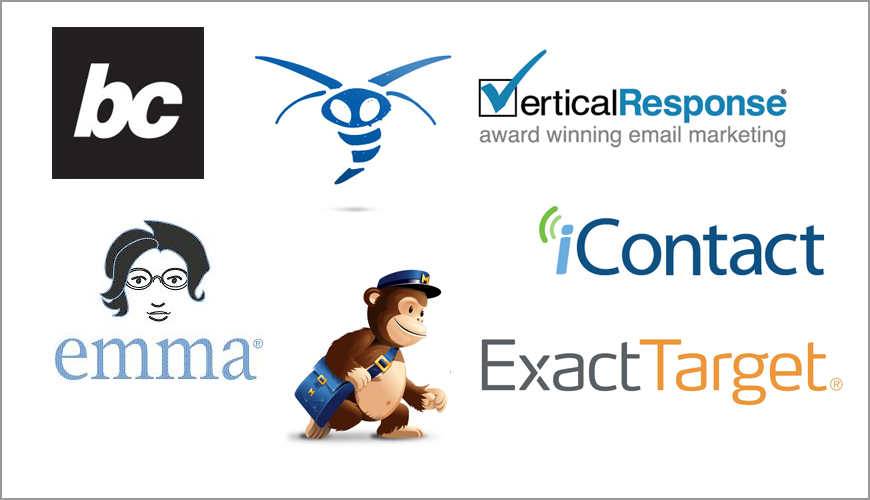Email marketing has become a mainstay of political and advocacy campaigns today, having proven its usefulness for fundraising, communications and political objectives. But in order to send out emails to your subscribers, you will first need a platform that will do the actual sending.
To go ahead and clear up a common misperception, using Gmail and bcc’ing 500 people is not a viable option. You can try it, but you will get blacklisted quickly. If you are going to send emails to a large number of people and expect a response from them other than “Unsubscribe” then invest in a professional email sending tool.
Several widely-used email providers include:
- Mail Chimp
- Constant Contact (affiliate link)
- iContact
- Emma
- Exact Target
- Vertical Response
- Campaign Monitor
The Adobe Business Catalyst platform we use for most of our sites has a very robust email tool built in that includes 10,000 email newsletter credits each month, and users can simply purchase credits to send more than 10,000 emails.
Below are several considerations to look at when selecting an email platform:
Frequency
There are several factors to consider when choosing an email newsletter tool. The first is frequency. How often do you intend to send emails to your contacts? Different providers have different pricing models. Some charge per email sent and some charge per contact in your database. So if you have a large list that you plan to email infrequently, then you are likely to be better suited to a platform that charges on a per email basis. If you plan to send more frequently than 3-4 times per month, then it will probably be more cost-effective to use a platform that charges you per contact.
Integration
Another consideration is looking at what other systems you use, and whether or not you need your email platform to integrate with those tools. Almost every major email platform has an Application Programming Interface (API) that enabled a developer to connect them to other systems. The quality of these APIs vary widely though. Most allow developers to sync basic contact information, while a few even allow emails to be constructed and sent via third-party systems. In other words, if integration is critical, it is possible to find an email tool that will allow you to manage your lists, send email newsletters, and view analytics all from within another dashboard, such as your website. Doing this though will require having a developer who can build out such integrations.
MailChimp has put particular emphasis on building a robust API that integrates with a number of common tools such as WordPress. This makes it easy for users to automatically keep their email lists in sync and integrate email analytics with other key metrics into a common dashboard.
Deliverability
Another key consideration, especially for political campaigns, is deliverability. Campaigns have a propensity to send emails to lists that are, shall we say, not necessarily opt-in. This creates all sorts of problems, but it’s unfortunately part of the campaign culture that’s not likely to change any time soon.
When campaigns are intent on sending to lists that have been rented, purchases, or borrowed, they should do their homework to see what actions an email provider will take when – not if – they are blacklisted. For instance, Constant Contact and Emma are well known to block political customers at the first hint of trouble, and even have controls in place to automatically suspend accounts when a questionable list is uploaded. These actions are desirable for groups who want to build a quality email program that will add value to the campaign, because it protects the email platform’s ability to deliver emails without getting tagged as spam. But for the campaigns who look more at the number of addresses than the quality of engagement, then deliverability will be an important consideration to avoid disruption in the middle of a heated election.
BlueHornet is an email provider that we have not recommended because of the regular issues they have with deliverability. Paramount Communications, while their service is amazing, uses BlueHornet, which is why so many of the agency’s emails end up in the spam box.
What email platform do you recommend?




